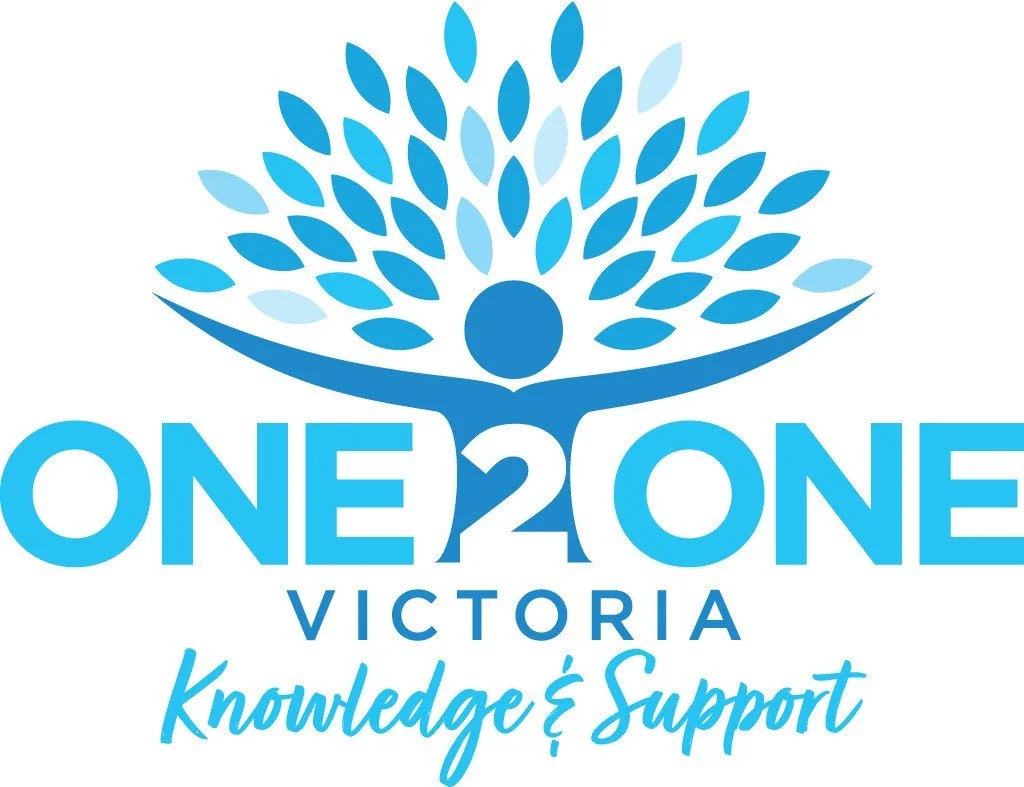Understanding NDIS Funding: What Does It Cover?
The NDIS provides funding to help people with disabilities access the support they need to live their best life. Understanding what kinds of supports and services are covered can make the whole process clearer and less overwhelming. NDIS funding is divided into different categories, each meant to cover specific types of needs, so it’s important to know what fits where in your plan.
One major category is Core Supports. This funding helps with everyday activities, like personal care, transport, and household tasks. It also covers consumables, which are everyday items that people might need for their disability support. Core Supports are flexible because they help with the basic things participants need day-to-day to live independently and safely.
Another important category is Capacity Building Supports. These funds are aimed at helping participants build skills and improve their independence. This could include funding for therapies, training programs, or support coordination. Capacity Building is about empowering people to take control and grow their skills for the future.
Lastly, there are Capital Supports, which are used for bigger, one-off purchases. This might include funding for assistive technology, like wheelchairs or communication devices, or modifications to a home or vehicle to make them more accessible. Capital Supports are essential for making sure environments are safe and supportive.
Knowing the difference between these funding categories helps participants and their families plan better and make sure their goals fit within the right part of their NDIS plan. If ever in doubt, it’s a good idea to talk to your local area coordinator or support coordinator—they can help explain how to make the most of your funding. Understanding
